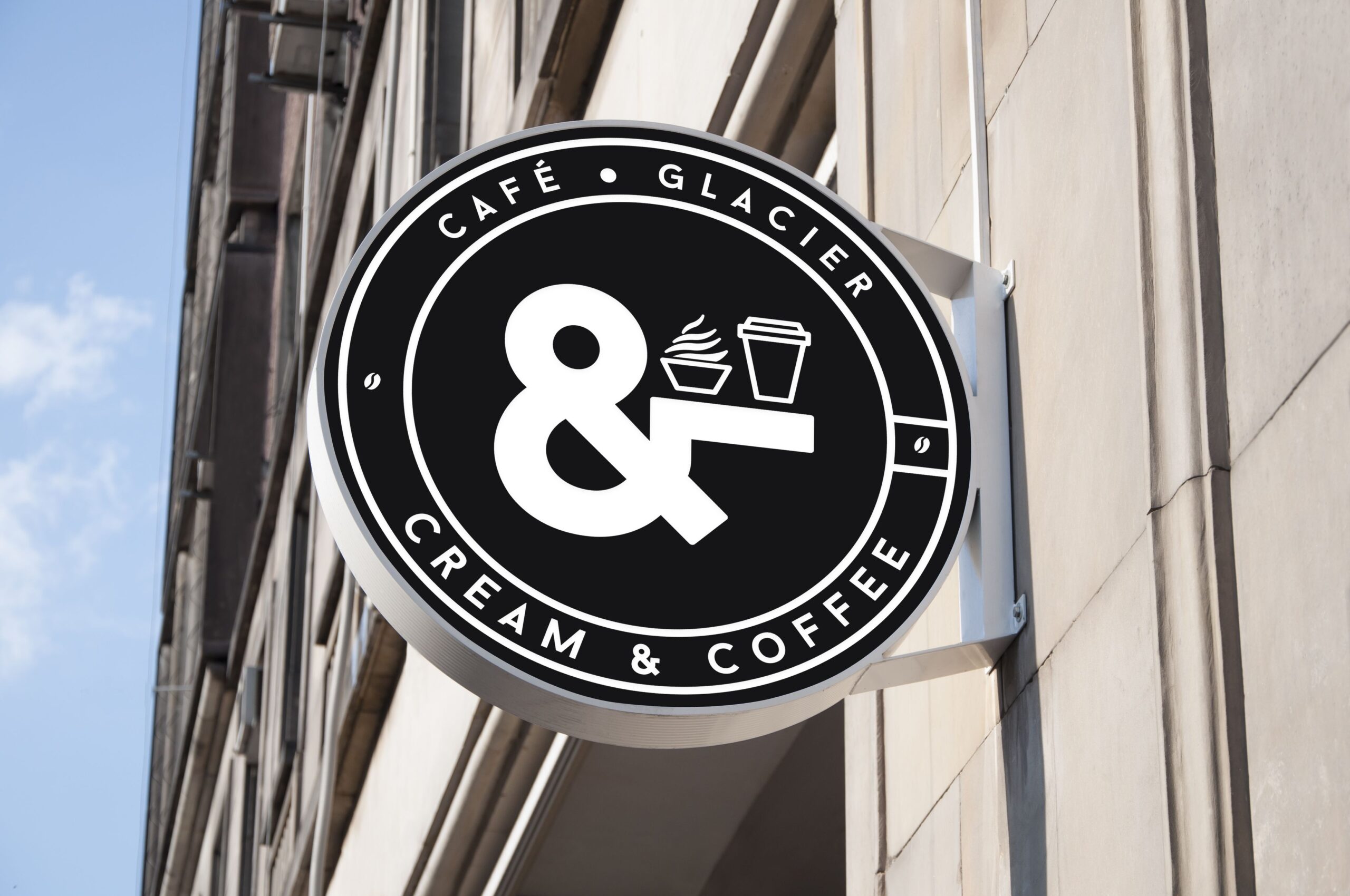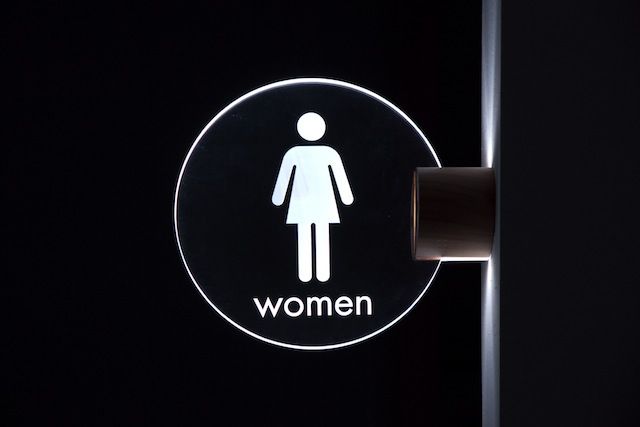Reflectorized signage refers to traffic signs and road signs that are designed with reflective materials to enhance visibility and improve safety, particularly during low-light conditions or at night. These signs are typically used on roads, highways, and other transportation networks to provide important information, guidance, and warnings to drivers and pedestrians. The reflectorized materials used in these signs are specifically designed to reflect light back toward their source, making the signs more visible and readable, even from a distance.
Here are some key features and benefits of reflectorized signage:
- Reflective Materials: Reflectorized signs are made using materials that contain reflective elements, such as retroreflective sheeting or coatings. These materials have microscopic glass beads or prismatic lenses that help redirect light back to its source, increasing the visibility of the sign.
- Increased Visibility: Reflective materials used in signage significantly improve visibility during low-light conditions, such as at night or in adverse weather conditions. The reflectivity allows the signs to be more easily seen by drivers, making them aware of important information, warnings, and road directions.
- Enhanced Safety: The high visibility provided by reflectorized signage contributes to improved safety on the roads. Drivers can quickly identify and react to the information displayed on the signs, reducing the risk of accidents and promoting smoother traffic flow. Pedestrians and cyclists also benefit from enhanced visibility, ensuring they can easily identify and respond to the signs.
- Durability: Reflectorized signs are designed to be durable and withstand exposure to outdoor elements, such as sunlight, rain, and temperature changes. The reflective materials used are resistant to fading, cracking, and peeling, ensuring the signs remain effective and visible over an extended period.
- Regulatory Compliance: Many transportation authorities and regulatory bodies require the use of reflectorized signage for road safety purposes. Adhering to these requirements ensures that signage meets the necessary standards and specifications, providing consistent and uniform visibility for drivers across different regions.
- Easy Recognition: Reflective materials used in signage often have specific colors and patterns that are recognizable to drivers and pedestrians. For example, red is commonly used for stop signs, while yellow or white is used for caution or warning signs. This standardized color scheme helps ensure quick and accurate recognition of the signs and their intended messages.
- Cost-Effective: Although reflectorized signage may have a higher upfront cost compared to non-reflective signs, they are cost-effective in the long run. The durability and long-lasting reflectivity of these signs reduces the need for frequent replacements and maintenance, saving on overall signage expenses.
Reflectorized signage plays a crucial role in improving road safety, aiding navigation, and providing essential information to road users. By maximizing visibility and ensuring clear communication, these signs contribute to creating a safer and more efficient transportation infrastructure.
IMAGE GALLERY

CONTACT US
For details, do any of the following:
- Call or text me at 09460480491
- Message us on Facebook at https://www.facebook.com/rbsublimationsignage/



